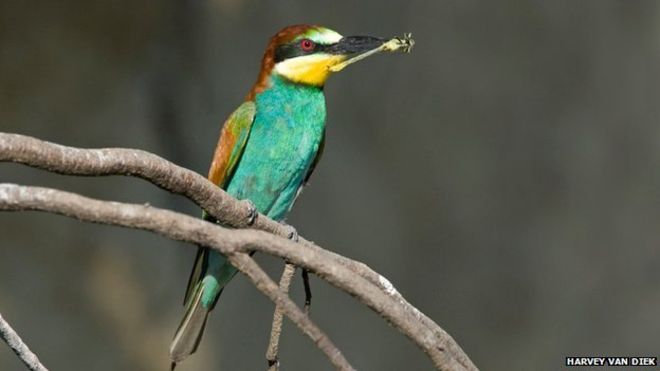Populations of the most common bird species in Europe and the US are being altered by climate change, according to an international study.
For the first time researchers showed climate to be having a similar, significant impact on bird populations in large, distant areas of the world, according to BBC.
Their study used population-predicting models and three decades of field data, gathered by bird-watching volunteers.
Led by Durham University scientists, the team developed models that related each species’ habitat to long-term climate patterns.
Using annual climate records – from 1980 to 2010 – these models were able to predict where a species had experienced an improvement or a decline in suitable climate.
 The outlook is different for each species. Increasing temperatures in the UK, for example, allow some species to expand their range and increase their population, while the same temperature patterns have made the UK a less suitable habitat for others.
The outlook is different for each species. Increasing temperatures in the UK, for example, allow some species to expand their range and increase their population, while the same temperature patterns have made the UK a less suitable habitat for others.
But the overall trends, this study shows, are strikingly similar in the US and Europe; populations are increasing in species predicted to benefit from climate change and decreasing in those predicted to be negatively affected.
The research shows how the climate is gradually remapping the avian habitat across two continents.
In Europe, for example, birds such as the wren have been increasing in northern areas as winters become milder, but declining in some southern countries. The American robin has declined in some southern states, but increased further north.
H.Z

